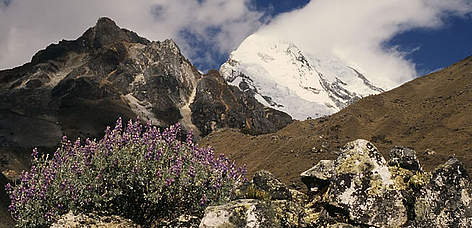
(Peruvian Andes 2014, Kevin Schafer-WWF)
The UNFCCC in Lima, Peru could not be held in a more appropriate location this year. Peru continues to face an environmental crisis that notably includes Amazonian rainforest deforestation as a result of industrial development, expanding population, and a dryer climate that spawns forest fires. The Peruvian environmental crisis also includes water, air, and soil pollution from increased urbanization and industrial operation. Furthermore, climate change in Peru has resulted in receding glaciers and altered weather patterns leading to droughts, flash floods, and has placed precious tropical, alpine, and marine ecosystems in danger of collapse.
Indigenous exploitation in Peru is also a major problem in the country. Unfortunately, Peruvian indigenous communities face the greatest threat in Peru from the climate changing due to their close proximity and reliance on the natural environment.
The United Nations’ Framework on Climate Change, Conference of Parties
The Conference of the Parties (COP) will be meeting in Lima, Peru in December. For those not familiar with this branch of the United Nations, the COP is the main decision-making body of the United Nations Framework Convention on Climate Change (UNFCCC). The main task of the COP is to assess the effects of actions taken by the 198 member countries to reduce their greenhouse gas emissions.
The COP meets every year. This annual conference is hosted on a rotating basis by a country from one of the five recognized UN regions: Asia-Pacific, Eastern Europe, Latin American and the Caribbean, Western Europe, Africa, and others. COP 19 was held in Warsaw, Poland. COP 20 will be held in Lima, Peru in December 2014. This meeting has a heightened urgency because it is the last meeting before COP 21 in Paris from November 30 through December 11, 2015 where world leaders are expected to conclude a global deal on climate to replace the Kyoto Protocol.
The Kyoto Protocol is a very important aspect of the reconvening of the COP. This protocol agreement was signed at the 1997 COP in Kyoto, and the COP 21 in Paris is supposed to adopt a new successor agreement to the Kyoto Protocol. Therefore, certain outcomes are necessary to ensure readiness of the member governments to conclude a new deal.
To this end, there were a number of events held in the run up to COP 20, including the high-level ministerial meetings in June in Bonn, Germany, and the UN Secretary General’s Climate Leaders’ Summit in New York in September.
While meeting in Lima, Peru, COP 20 will be under the scrutiny of the international community to address and deal with many of the serious climate change and environmental issues currently affecting Peru as well as the rest of the world.
The Importance of Indigenous Participation
Fortunately, there are positive indications that the conference will permit the normally suppressed presence and opinions of indigenous peoples to be heard. On July 4, 2014, the Peruvian office of the United Nations Development Programme (UNDP), the representatives of COP 20, and the government of Norway all signed an agreement that will allow indigenous peoples to attend the conference in December. The UNDP and Norway will provide logistical support for indigenous leaders to have a platform during the conference. This will give indigenous representatives the opportunity to voice their specific concerns about climate change and other environmental challenges that affect their people, like deforestation and resource extraction.
The participants will represent the Indigenous Organization of the Amazon Basin (COICA), an entity that oversees the indigenous communities that live in the nine nations that share the Amazon Basin. Indigenous peoples have been engaged in the UNFCCC process since the year 2000.
We will provide additional coverage and updates in the weeks leading up to the COP 20 meeting in Lima, as well as a complete summary of the events and developments that transpire during and after the conference.
________________________________________________________________________________
Links and References:
United Nations Framework Convention on Climate Change, 2014. http://unfccc.int/meetings/lima_dec_2014/meeting/8141.php
World Wildlife Fund, COP20, 2014. http://wwf.panda.org/what_we_do/footprint/climate_carbon_energy/cop20/
Peru This Week, “Important Climate Change Conference Hosted in Lima this December,” August 4, 2014. http://www.peruthisweek.com/blogs-cop-20-important-climate-change-conference-hosted-in-lima-this-decemeber-103583
Transnational Governance’s Role in the Advancement of COICA’s Objectives. Dickinson University, Global Climate Change Mosaic, 2014. http://blogs.dickinson.edu/cop20/2014/10/01/transnational-governances-role-in-the-advancement-of-coicas-objectives/
MINAM, AIDESEP AND COICA SIGNED INSTITUTIONAL COOPERATION AGREEMENT, July 2014. http://www.aidesep.org.pe/minam-aidesep-and-coica-signed-institutional-cooperation-agreement/
International Work Group for Indigenous Affairs, 2014. http://www.iwgia.org/human-rights/un-mechanisms-and-processes/un-framework-convention-on-climate-change-unfccc



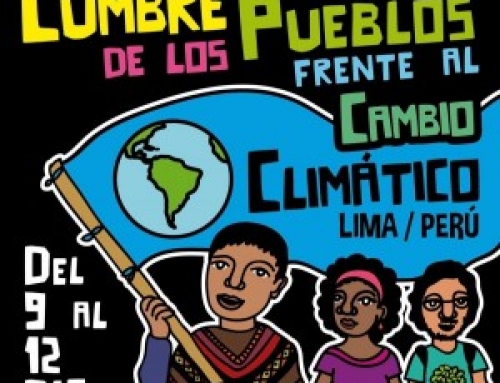
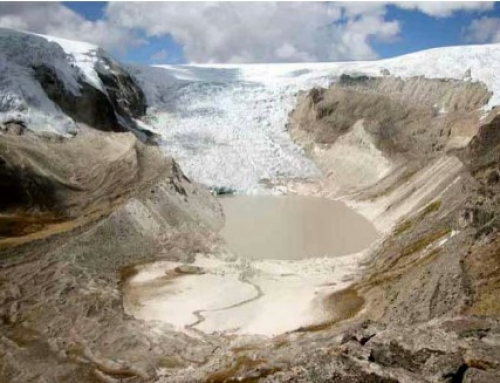
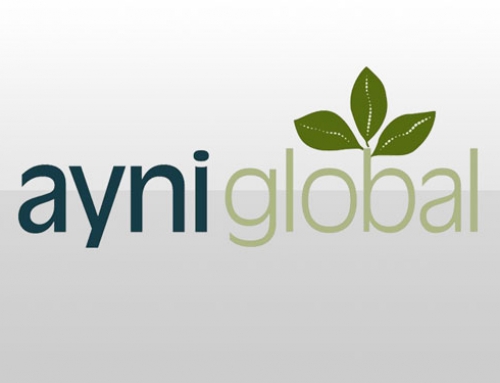
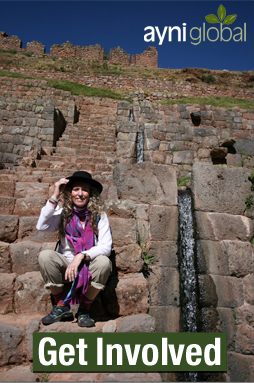
Leave A Comment